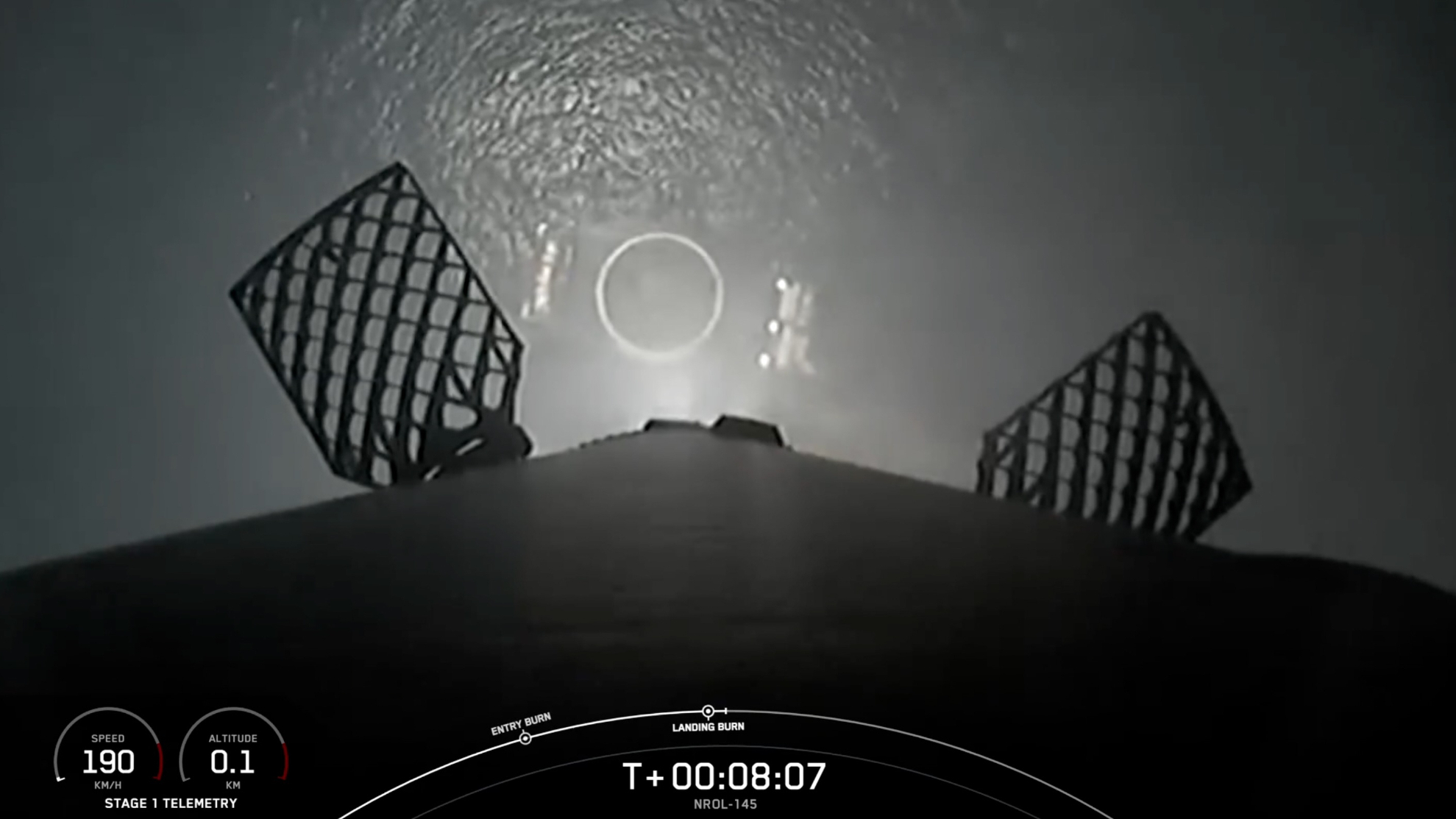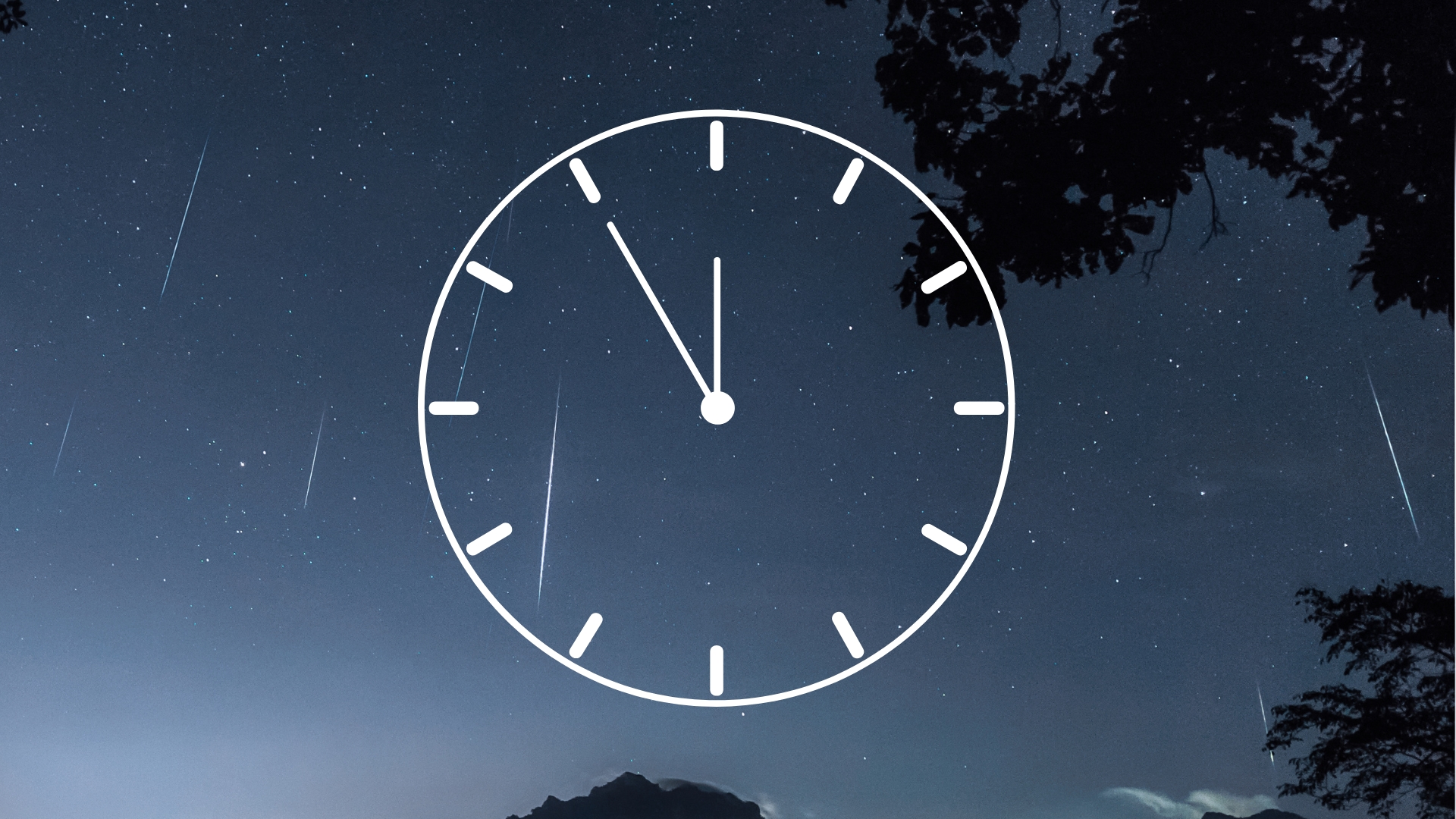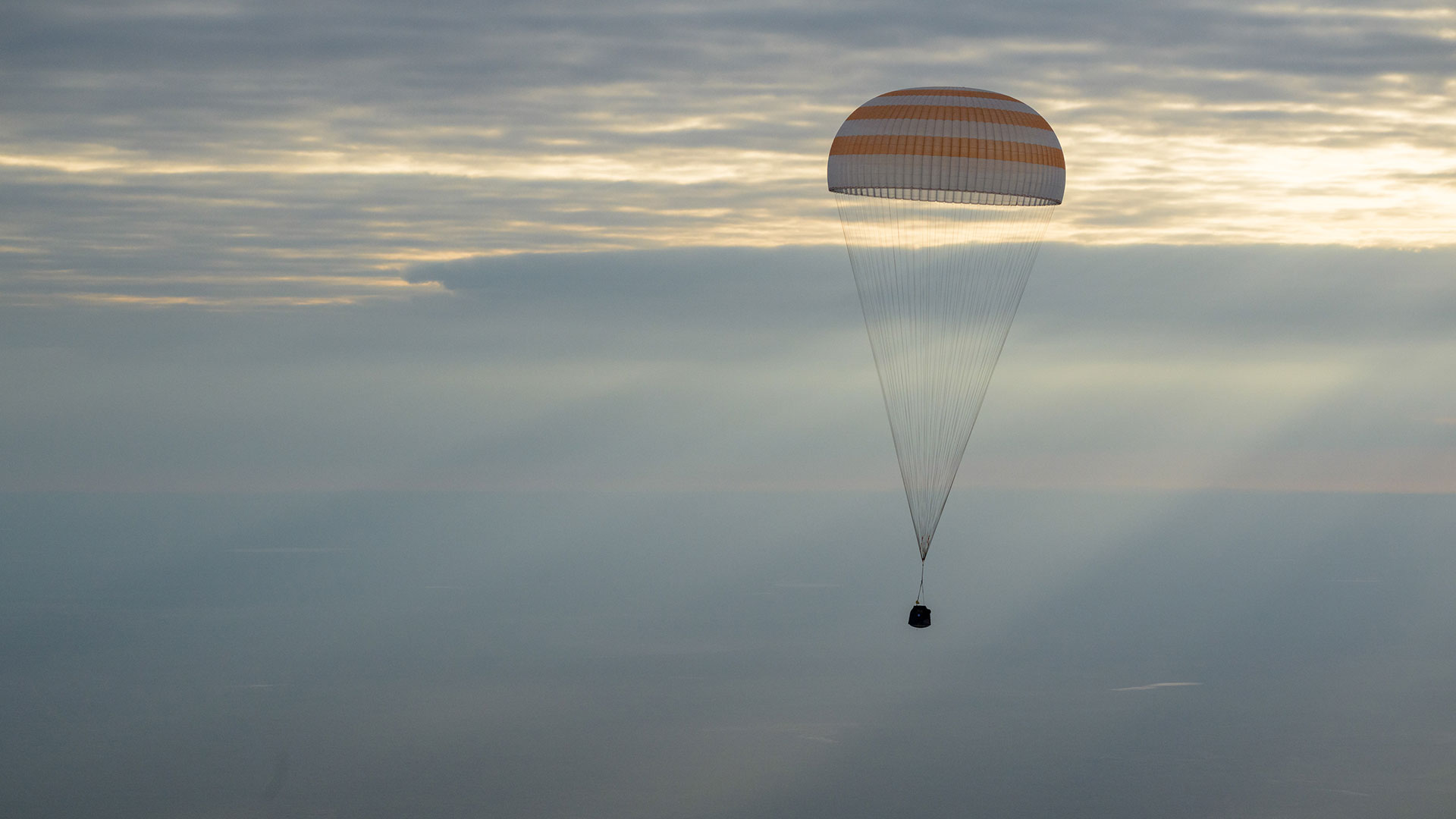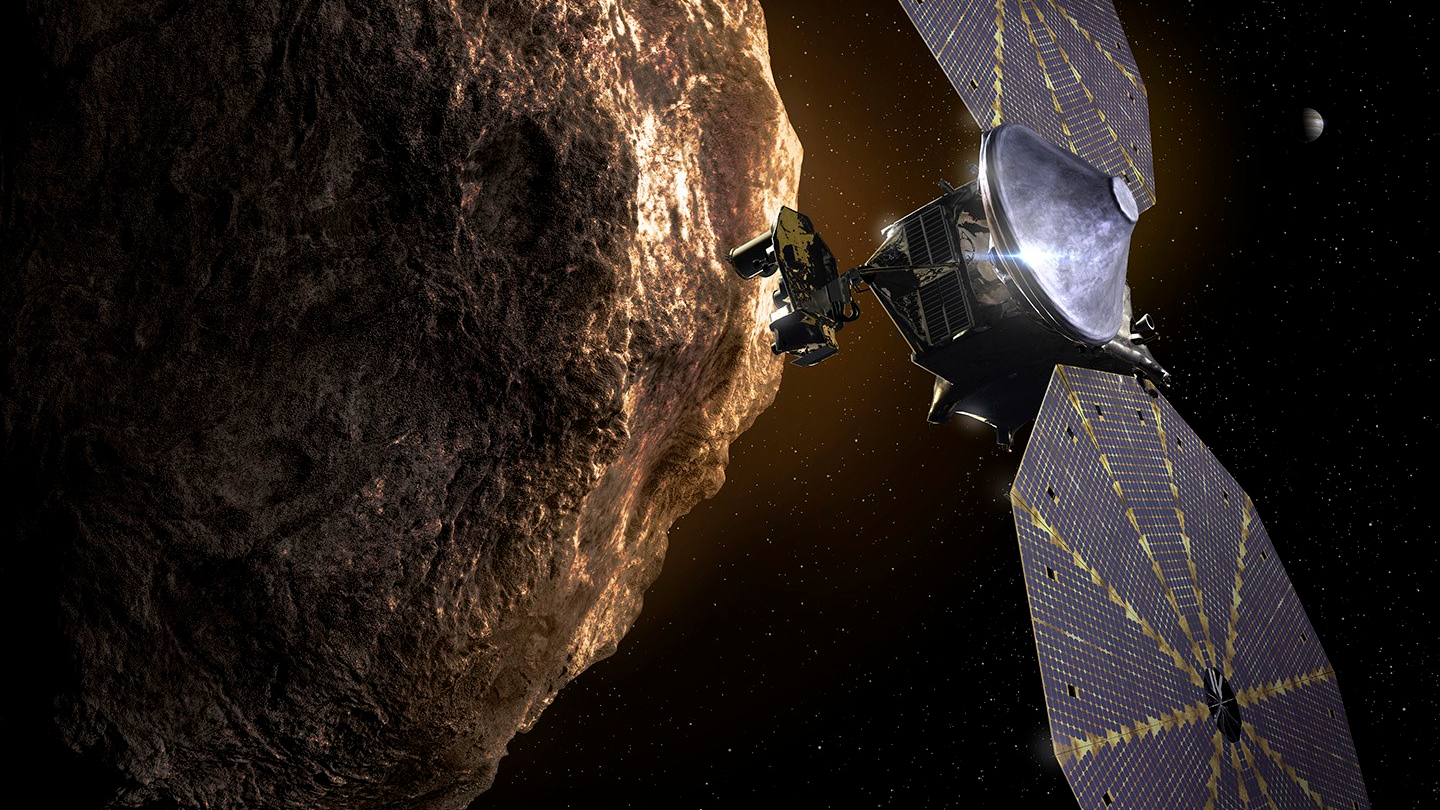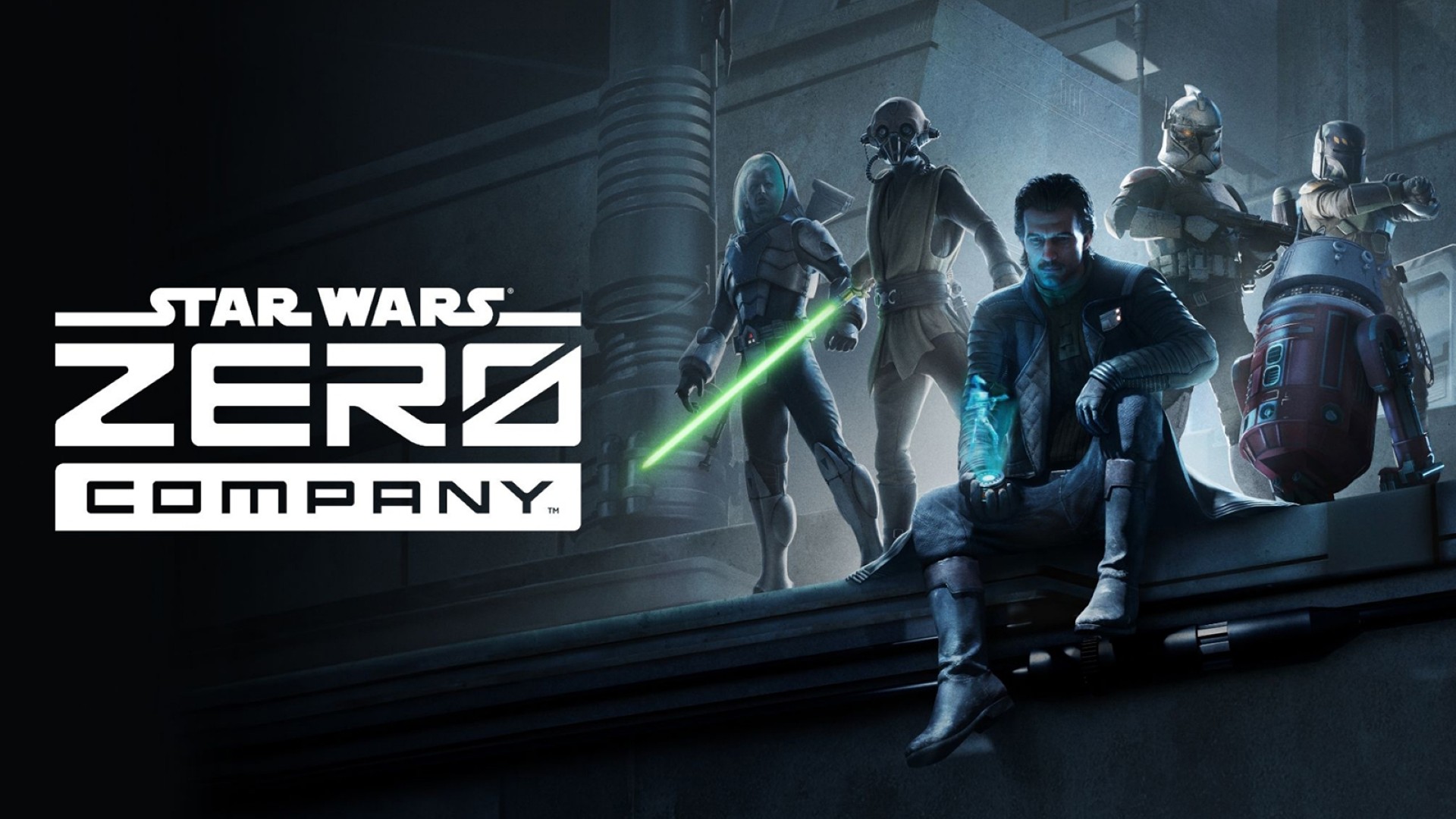NASA's last space shuttle cabin trainer lands at Lone Star Flight Museum
The crew compartment trainer will join the shuttle mission simulator-motion base on display.
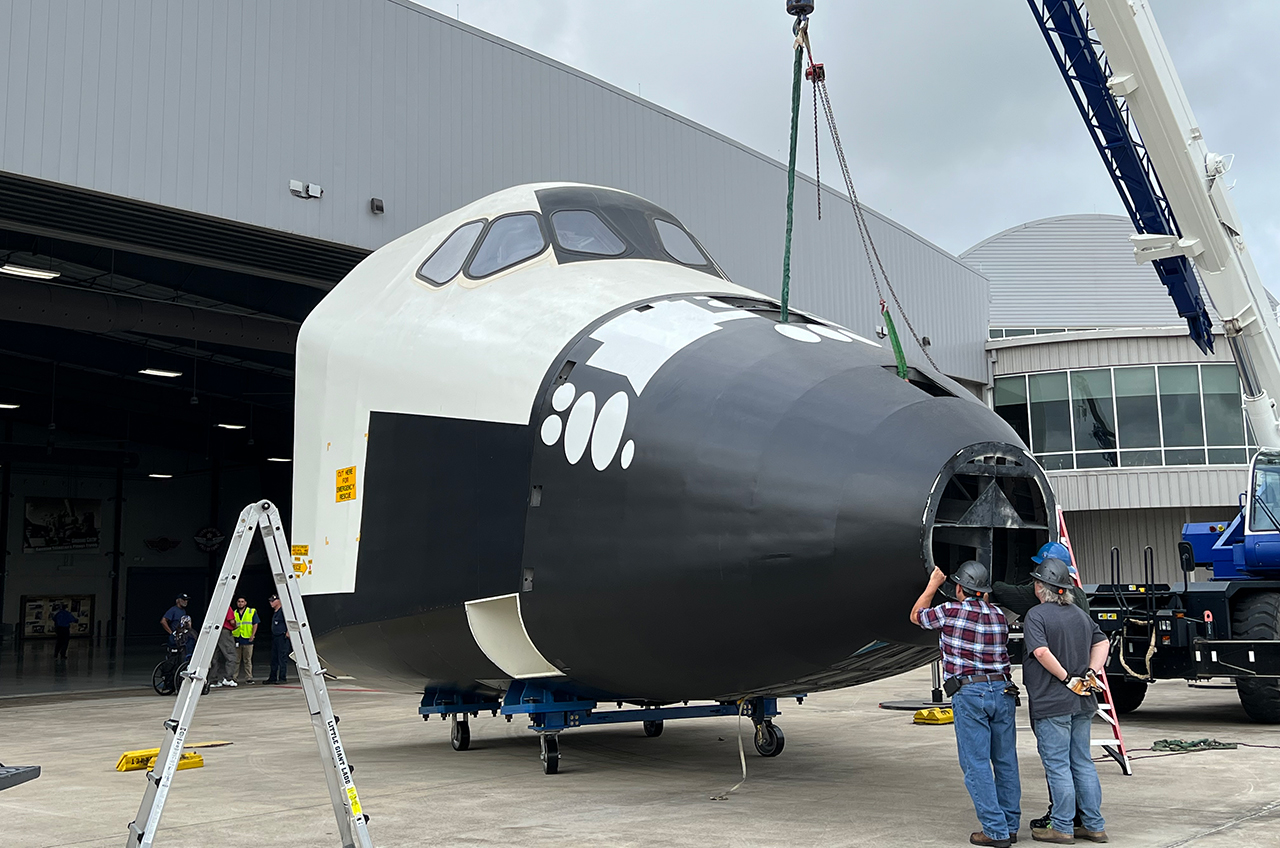
The last of NASA's space shuttle crew cabin mockups to leave the agency's training room floor has arrived at its new home, where it will be exhibited alongside an orbiter simulator.
Crew Compartment Trainer-2 (CCT-2), which for 18 years was one of two space shuttle nose-section trainers in use at NASA's Johnson Space Center in Houston, completed its trip from the center's Building 9 Space Vehicle Mockup Facility to the Lone Star Flight Museum on Friday (Nov. 4). The museum is located at Houston's Ellington Field, home to NASA's aircraft operations division.
"The CCT is a true piece of history for all us," said Gen. Doug Owens, president and chief executive officer of the Lone Star Flight Museum, in an interview with collectSPACE.com. "While I look at it from the benefit to the museum in terms of having an artifact like this, this truly represents decades of work by people from here in Houston working at Johnson Space Center training the astronauts and the astronauts themselves, who many of them now live here in the Houston area."
Related: Space shuttle Columbia: NASA's first shuttle in space
Delivered by a semi truck towing a flatbed trailer, the 28.75-foot-long by 19-foot-wide by 23.5-foot-high (9 by 6.75 by 7 m) mockup was positioned alongside the Shuttle Mission Simulator-Motion Base, a one-of-a-kind, once-hydraulic-powered flight deck that arrived at the museum in April. The addition of CCT-2 distinguishes the Lone Star as the only location to exhibit two shuttle-era astronaut trainers.
"The fact that we now have both of these artifacts, I think it is a tremendous opportunity for us to be able to tell that story in a much more complete way," said Owens. "What we have now is a much more complete story of the space shuttle and the training opportunities that the astronauts experienced during their time with the shuttle."
CCT-2 first went into use at Johnson Space Center in 1993, joining the first CCT that was installed in 1975. Like the real crew compartments, the trainer has two levels: the upper flight deck, which served as the shuttle's cockpit, and the lower mid-deck living area. A mockup rather than a simulator, the CCT's switches, dials and instruments were non-functional.
Get the Space.com Newsletter
Breaking space news, the latest updates on rocket launches, skywatching events and more!
The cabin could be tilted skyward, though, to give crew members the experience of working in the same orientation that the shuttle would be on the launchpad. Astronauts used the CCT to train for entering and exiting the orbiter under normal and emergency conditions.
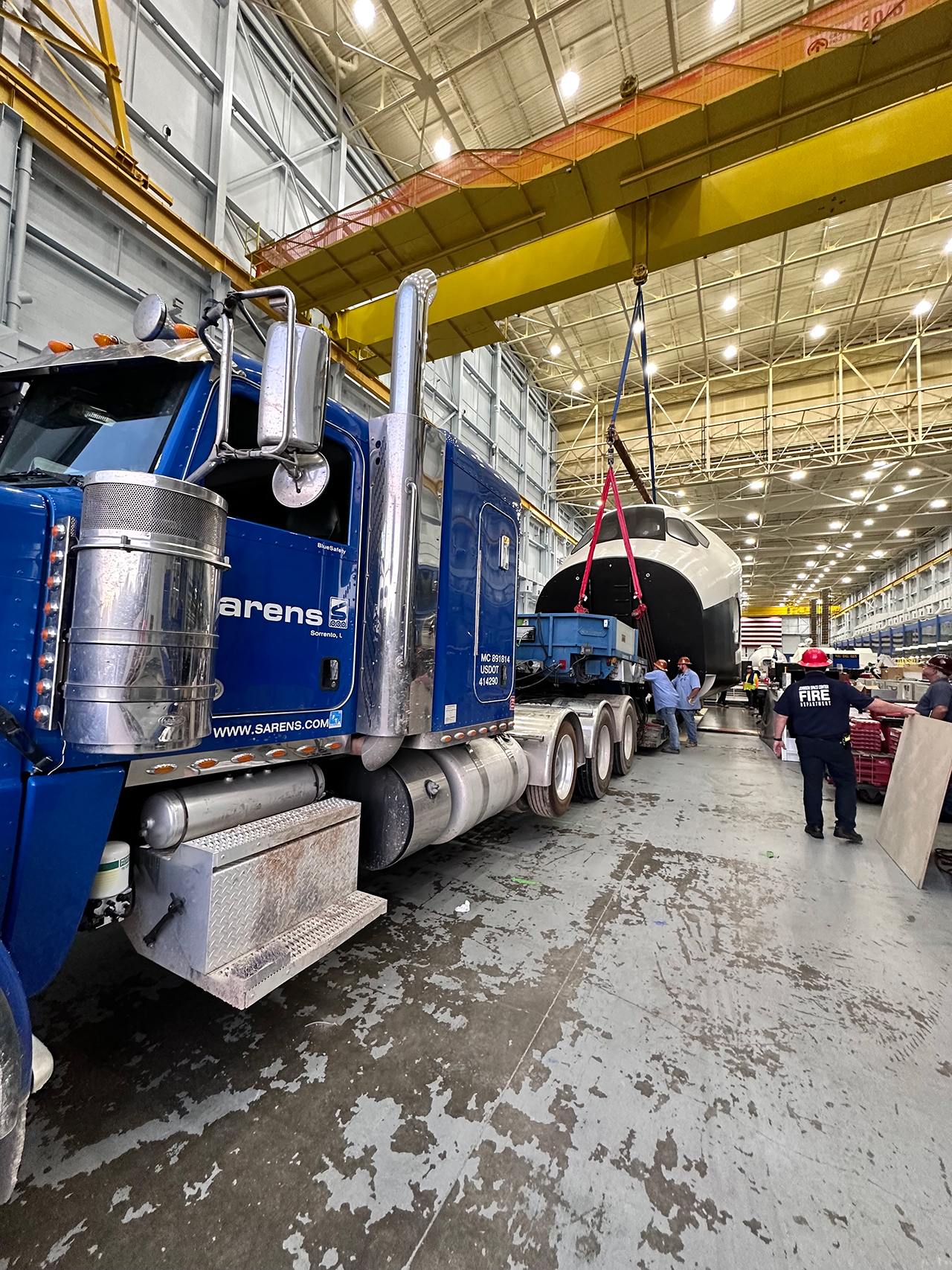
As the shuttle program came to an end in 2011, NASA offered CCT-2 to the Smithsonian. After the National Air and Space Museum passed on its display, the trainer was reserved for Johnson's own visitor center, Space Center Houston. That plan was also set aside after a full-body shuttle mockup and 747 Shuttle Carrier Aircraft went on display.
Instead, CCT-2 remained at the Space Vehicle Mockup Facility for nine years, when NASA offered it to the Tulsa Air and Space Museum. With NASA needing the floor space to train astronauts for missions to the International Space Station and to the moon under the Artemis program, the museum had until September 2021 to ship the mockup to Oklahoma.
Tulsa, though, was unable to organize the move in time.
"The amount of engineering and logistics of the movement of something this large is very significant and they [NASA] were going to have to expend the cost of doing so regardless, even if they had to store it or do something else with the trainer," said Owens. "So they elected to offer it to us, basically at no cost, and that really helped make the decision much easier for us."
In addition to the support from Johnson Space Center, USM, the training device company that originally built the CCT, also helped with the move. The mockup was not designed to be mobile and USM fabricated a set of casters to ease the CCT's entry into and placement in the museum.
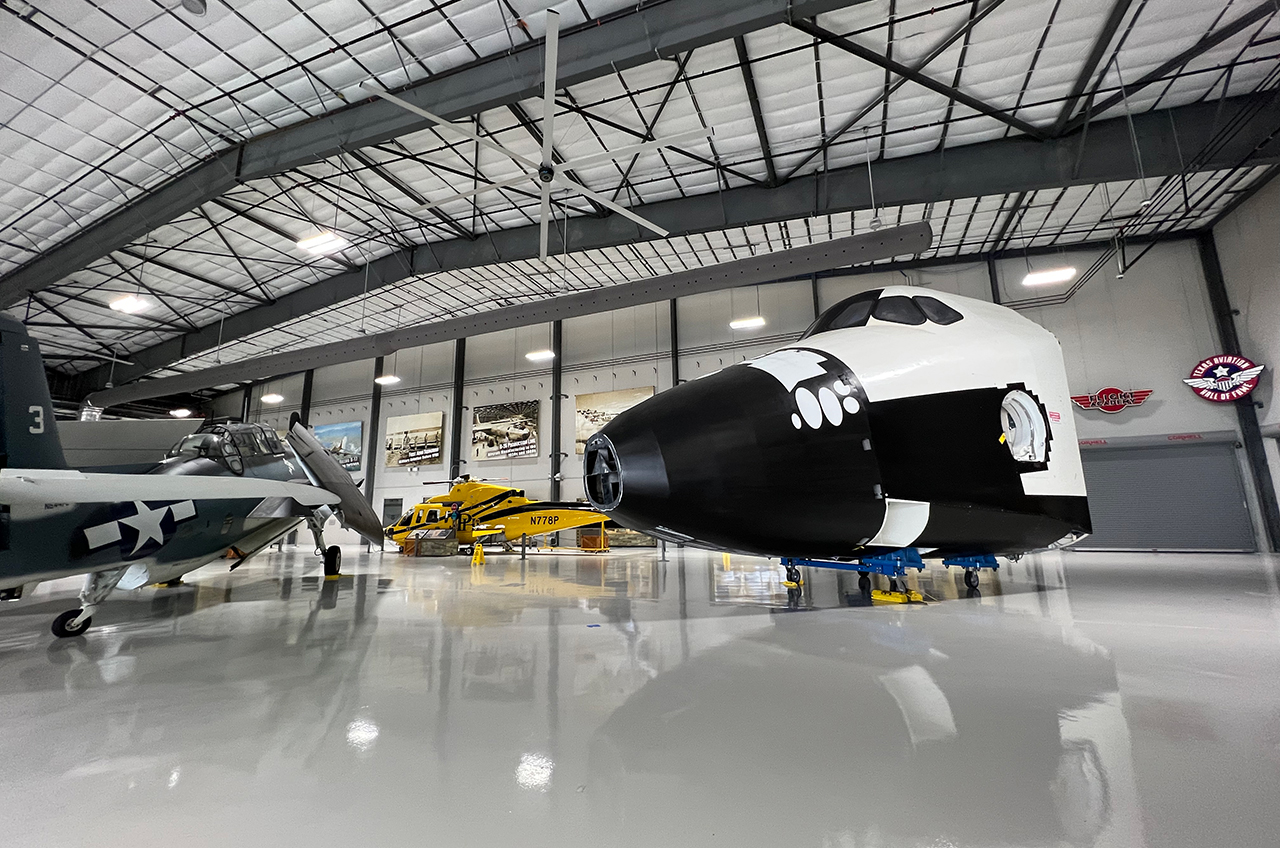
The first phase of the Lone Star's CCT-2 exhibit is planned to open to visitors in early December. The crew access hatch and a maintenance door at the rear of the cabin have been removed to provide the public with different vantage points into the mid-deck. A ramp will be built to lead up to both entry ways and to the mockup of the shuttle's airlock, which was also used to train astronauts.
"We will provide, as able, docent tours of the interior, but crawling around inside, it's a very confined space. There is a very simple ladder that goes up to the flight deck and everyone's not going to have access to that. It's not a practical thing. But we want to be able to do it when it's appropriate and as we can," Owen told collectSPACE.
NASA's first crew compartment trainer, CCT-1, is now displayed by the National Museum of the U.S. Air Force in Dayton, Ohio. A Full Fuselage Trainer (FFT), which included both the crew cabin and a mockup of the shuttle's payload bay, is exhibited by The Museum of Flight in Seattle. The mockups opened to the public in 2014 and 2012, respectively.
Click through to collectSPACE to see more photos from the move of NASA's last space shuttle crew compartment trainer to the Lone Star Flight Museum.
Follow collectSPACE.com on Facebook and on Twitter at @collectSPACE. Copyright 2022 collectSPACE.com. All rights reserved.
Join our Space Forums to keep talking space on the latest missions, night sky and more! And if you have a news tip, correction or comment, let us know at: community@space.com.

Robert Pearlman is a space historian, journalist and the founder and editor of collectSPACE.com, a daily news publication and community devoted to space history with a particular focus on how and where space exploration intersects with pop culture. Pearlman is also a contributing writer for Space.com and co-author of "Space Stations: The Art, Science, and Reality of Working in Space” published by Smithsonian Books in 2018.In 2009, he was inducted into the U.S. Space Camp Hall of Fame in Huntsville, Alabama. In 2021, he was honored by the American Astronautical Society with the Ordway Award for Sustained Excellence in Spaceflight History. In 2023, the National Space Club Florida Committee recognized Pearlman with the Kolcum News and Communications Award for excellence in telling the space story along the Space Coast and throughout the world.

